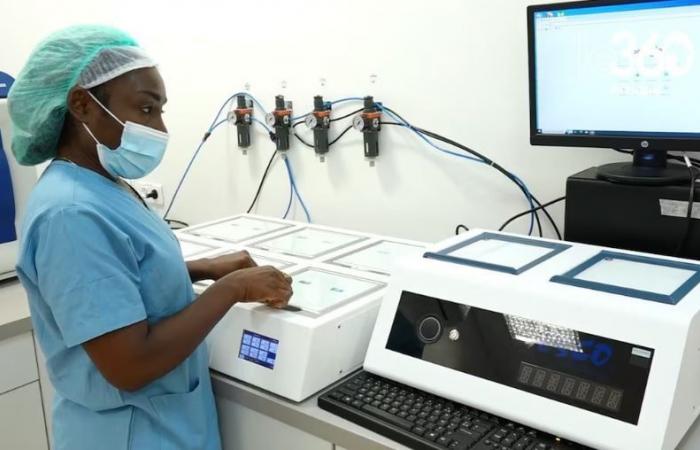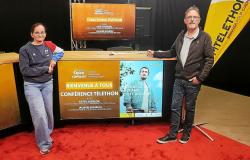According to Dr Safiatou Thiam, secretary general of the National Council to Fight AIDS (CNLS), 41,000 people are currently living with HIV AIDS in Senegal. Each year, around 1,000 new infections are recorded, a statistic that highlights persistent challenges related to mother-to-child transmission and risky behaviors among young people, including non-use of condoms.
The regions of Dakar, Thiès and Kolda are among the most affected areas. Kolda, in particular, faces increased vulnerability due to its proximity to Guinea-Bissau, a country with high HIV AIDS prevalence. To respond to this situation, cross-border strategies have been put in place to limit the risks of spreading the virus.
→ ALSO READ: Tragedy in Thiès-Nord: This 10-year-old child dies crushed under the wheels of a truck
Dr Safiatou Thiam also pointed to other vulnerable areas across the country. Ziguinchor, for example, suffers the consequences of its isolation and the difficulty of deploying health services there optimally, due to the armed conflict which has long affected the region.
Other localities such as Tambacounda, a crossroads for travelers, Kédougou, a mining area welcoming workers of various nationalities, Kaffrine, another convergence point, and Mbour, influenced by the tourist influx, also present high risks.
→ ALSO READ: Ousmane Sonko notes the decision, the price of a kg of peanut set at 305 CFA francs
Faced with these challenges, health authorities continue to strengthen efforts to curb the spread of the virus. Raising awareness about risky behaviors, promoting condom use and improving access to care in remote areas remain priorities.
“When we take an area like Ziguinchor, it is also the isolation which means that services are not deployed as [il] had to happen because of the armed conflict,” explained Dr Safiatou Thiam in an interview with The Observer.
→ ALSO READ: Ballon d’Or: Namibian journalist Sheefeni Nicodemus destroys Real Madrid president Florentino Pérez






